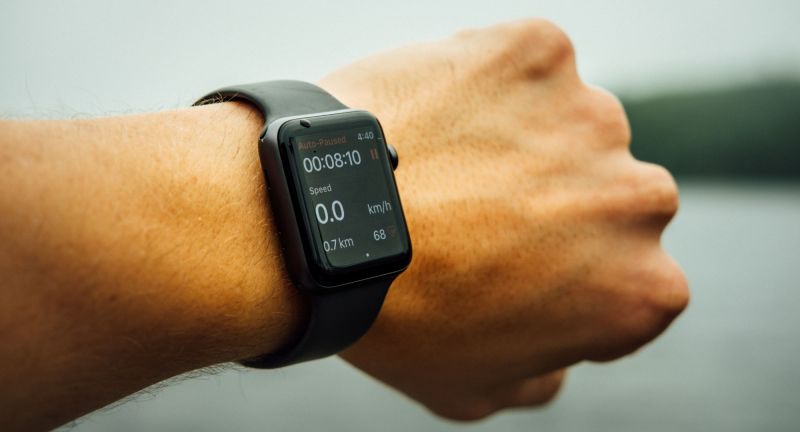Wearable fitness trackers are becoming increasingly popular for tracking heart rate, progress, calories burned, and other key metrics. Many people rave about how their Apple Watch or another fitness tracker helps them stay motivated and closer to achieving their goals.
While I’ve definitely used a few different trackers over the years, I also enjoy roaming free without the numbers and stats. Recently, researchers have explored whether wearable fitness trackers actually help you stick to your workouts and fitness goals. Let’s check out the latest research.
The study

Despite the growing research revealing the benefits of exercise in managing type 2 diabetes and improving heart health, blood sugar, and quality of life, research also reveals that around 90% of those with the condition aren’t meeting the weekly physical activity recommendations. In other words, studies show most people with type 2 diabetes aren’t getting enough exercise, with low motivation and a lack of tailored support reported as common barriers to frequent physical activity.
In a study published in the journal Diabetes and Endocrinology, researchers sought to explore a novel approach combining remote coaching and wearable technology. 125 adults who had recently been diagnosed with type 2 diabetes worked with an exercise specialist to create a customized six-month workout plan. The goal was to gradually increase daily lifestyle activity and moderate-to-vigorous exercise, aiming for around 150 minutes of movement per week. Specialists offered support remotely via phone or video calls.

Half of the adults used a smartwatch with movement and heart rate sensors, along with a mobile app, to track their activity. They also received personalized text messages about their progress and could message their coach, adjust their activity plans, and get feedback in real-time. The other half didn’t wear smartwatches but still received remote coaching.
The results

Here are the interesting results:
- Those who wore the smartwatch were ten times more likely to work out regularly and seven times more likely to continue being physically active following those six months.
- Those who wore the smartwatch were also three times more likely to remain active one year later, even after the support from the exercise specialist ceased.
- 50% of the smartwatch group were meeting the recommended activity levels compared to only 17% of the control group who didn’t wear smartwatches.
- The participants reported that the personalized messages, easily accessible smartwatch data, and plan flexibility were major motivators.
- Even when participants found the technology challenging to understand and navigate at first, they learned quickly.
Concluding thoughts

This study reveals that a smartwatch or wearable technology fitness tracker really could help you stick to your workouts. Those who wore the watch were ten times more likely to exercise frequently and seven times more likely to continue exercising after six months. If you’re like me and you sometimes find new technology a little daunting, this study also shows that many of us can quickly adapt and learn how to use these nifty advanced smartwatches to optimize our fitness.
This aligns with previous research, which reveals that fitness trackers and similar devices can be highly effective in increasing physical activity levels by an average of 1,800 steps per day, which is quite impressive.




